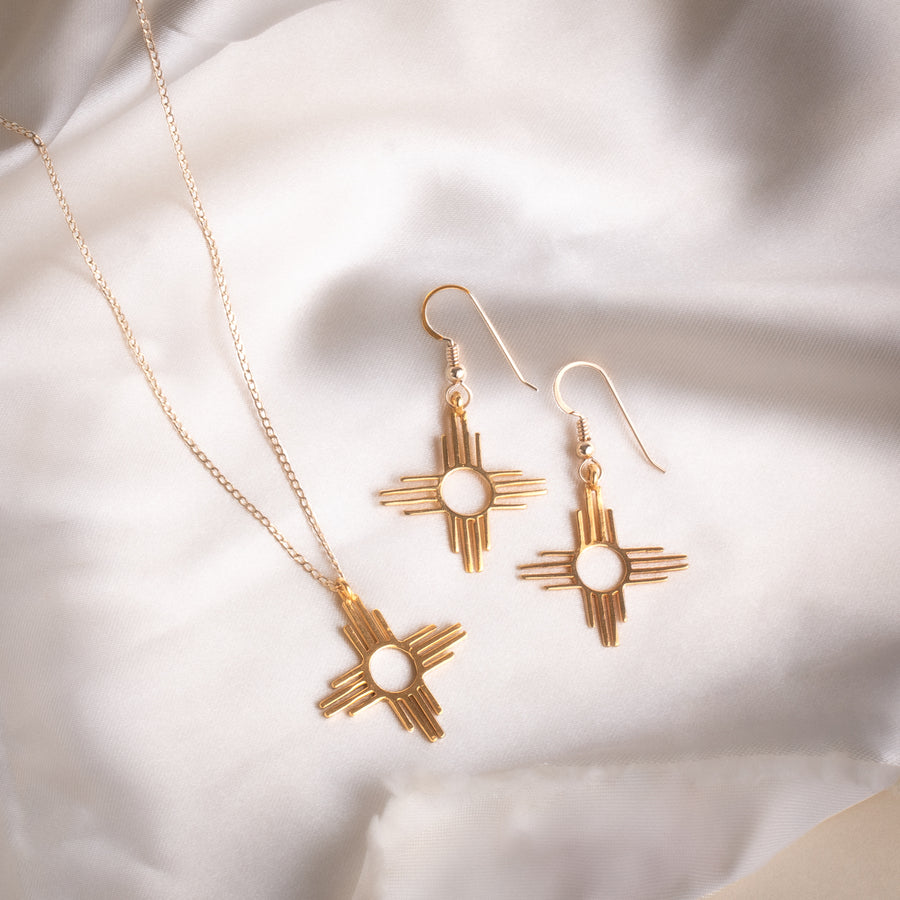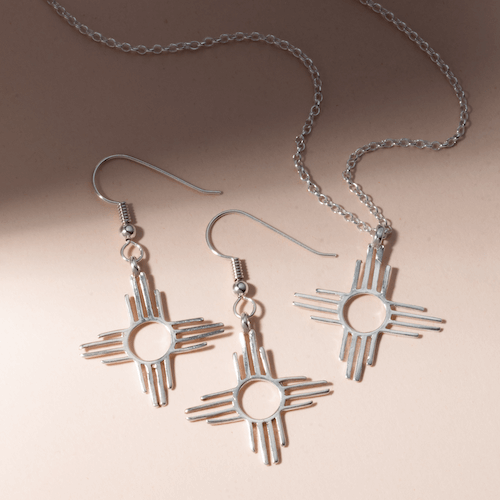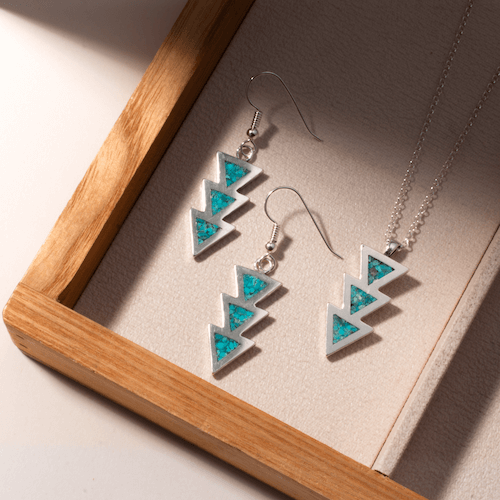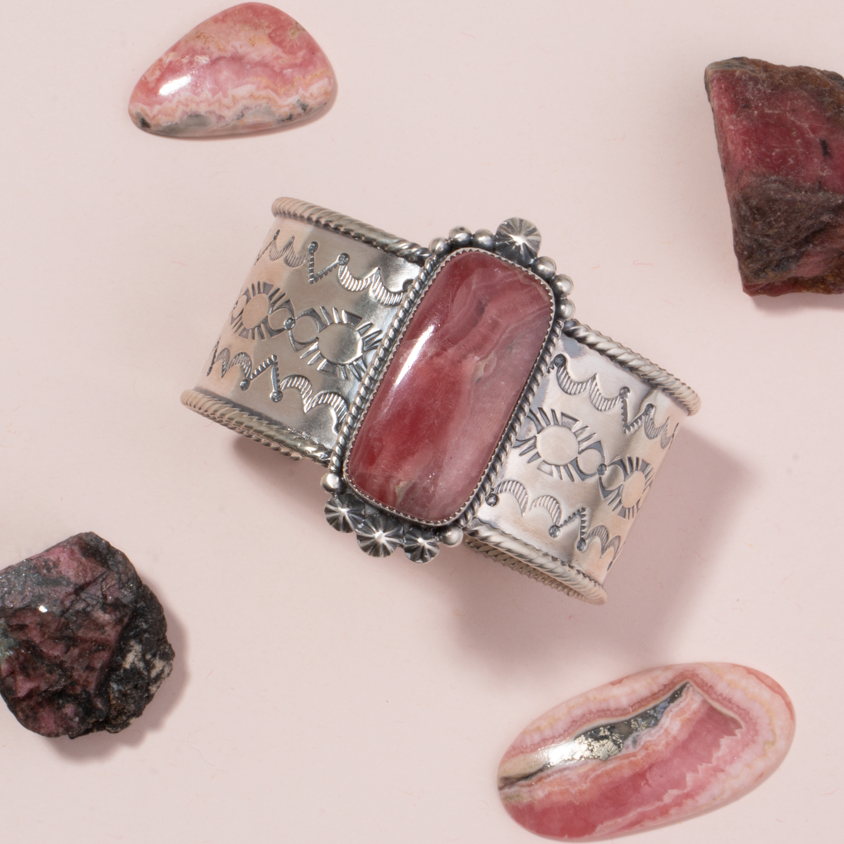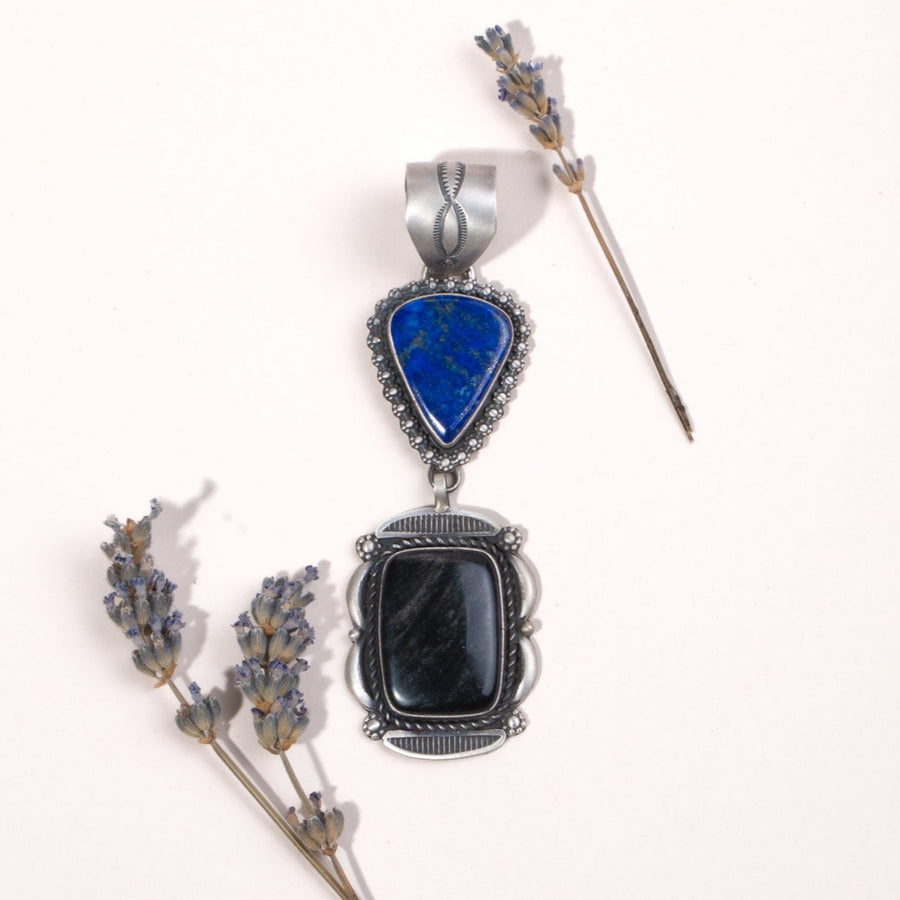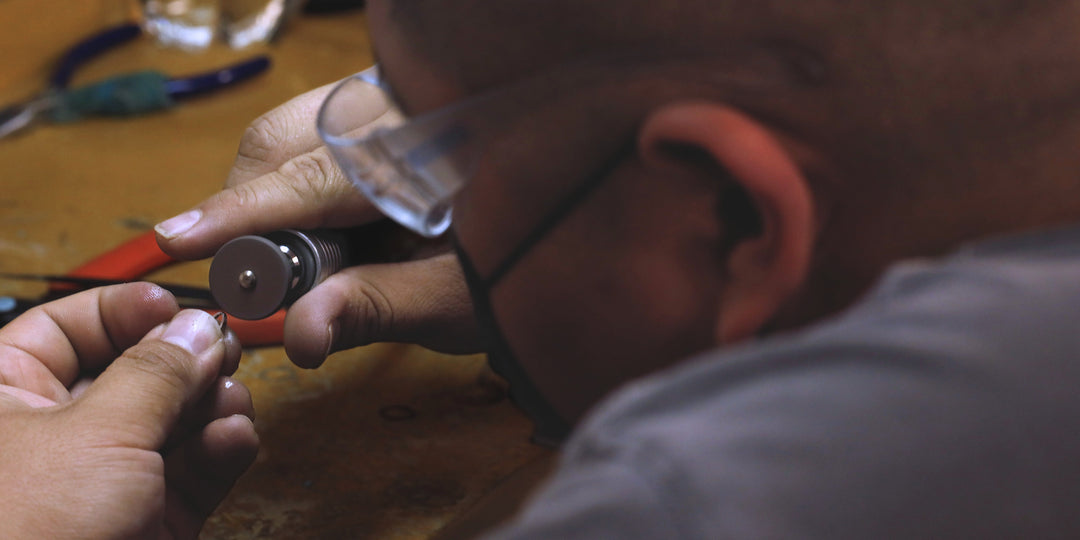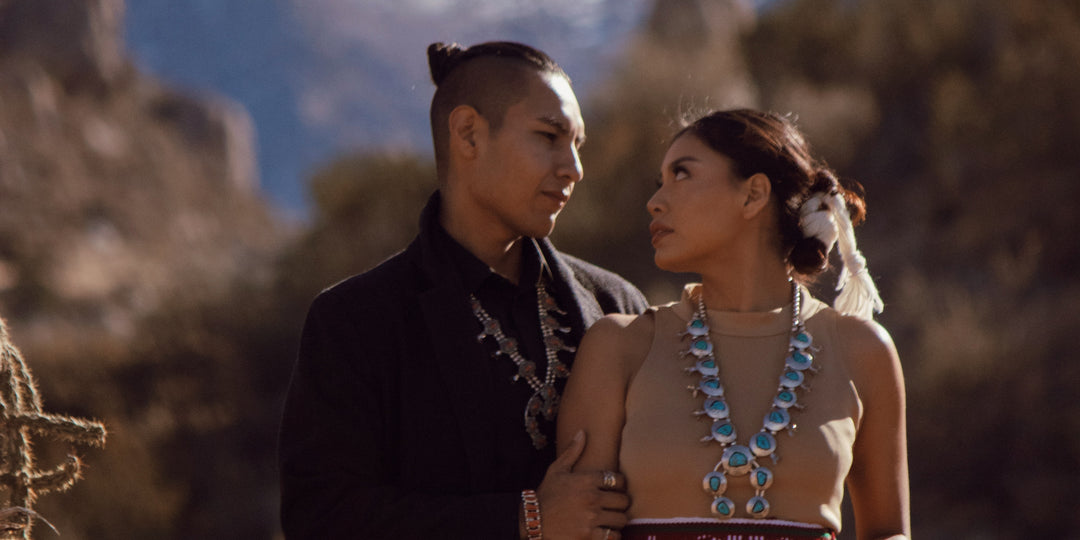The Heart of the Zuni
They’ve been a part of the landscape for over a thousand years, leaving an indelible mark on the land we call theirs today. It’s an area of roughly 450,000 acres in western New Mexico, the heart of which lies in what is known to the modern world as the Pueblo of Zuni. Coronado christened Zuni Pueblo and the other outlying villages belonging to the tribe the “Seven Cities in the land of Cibola”. He was hunting treasure and was certain this land held it. Though Coronado didn’t find his massive amounts of gold, there was indeed treasure in the land of the Zuni and it lies in the heart of its people.

They call themselves the A’shiwi, which means “the flesh”. Their language is their own, unrelated to the other Pueblo languages. By the time the Spanish explorers arrived in their land, the Zuni were a thriving agricultural community with a matrilineal clan system and a culture filled with traditions and ceremonies that reflected their ties to the mountains, the forests and the deserts that made up their home. They believed their gods resided in the lakes found in Arizona and New Mexico and they looked to their shamans for knowledge and healing. In their communities they built multi-storied houses to live in and strong communal ties bound them to the land and to their culture.
It was a culture which faced brutal disruption with the arrival of the Spaniards. The foreigners brought disease which wiped out a large number of the Zuni along with the desire to rule the new land. The name “Zuni” was given to the A’shiwi by the Spanish. The meaning of the word is unknown.
In time, the various Pueblo tribes retaliated against the oppressive rule of the Spanish in what has become known as the Pueblo Revolt. After this time, most of the Zuni drew together into one main community at Halonawa, which gradually became known as the Pueblo of Zuni. Over the last three hundred years, most of the tribal members have lived in the Pueblo of Zuni, with other small villages at Pescado, Nutria and Ojo Caliente gradually becoming used only for planting.
Zuni culture has remained strong. It has always been revealed through art: paintings, pottery, jewelry and fetish carvings. The Zuni feel their art links their present with their past, reminding them of their ancestors and their homeland. They have an innate love of color, particularly the color of turquoise, which they see as a symbol of health and long life. Zuni artists carve detailed animal fetishes from shell and use the skill of working silver shown to them by the Spanish to create high quality pieces with turquoise or shell set in silver in intricate patterns. Tribal artists are also known for fine quality beadwork. During the 1920s and 1930s, Zuni artists developed a signature jewelry style involving large numbers of hand-cut stones placed into intricate patterns. Many of these cluster patterns took the shape of flowers, wagon wheels or snowflakes. They created smaller versions of their animal fetishes and used them with their beaded necklaces, a style which gained popularity in the 1930s.
From 1925 to 1945, crafts such as jewelry accounted for roughly sixty-five percent of the income for the Zuni. The connection between the Zuni and the outside world through the sale of their art had other consequences. World War II would impact the pueblo in various ways. Over two hundred Zuni men served in the armed forces during the war and their return to their homeland brought new ideas and new contacts.
In spite of the changes, however, art continued to be a mainstay of the Zuni economy. Founded as a tribal business in 1984, the Pueblo of Zuni Arts and Crafts opened to provide a way for artists to sell their work to tourists and collectors. Today the sale of arts and crafts remains a mainstay of the Zuni economy.
There are currently six thousand members of the Zuni tribe. Most remain on or near their ancestral lands, keeping cultural ties strong. Tribal government consists of a governor, a lieutenant governor and a six-member council elected every four years. Along with the land comprising their main reservation, the tribe also has land holdings in Catron County, New Mexico and Apache County, Arizona. Scattered those these lands may be, their heart remains in the strong culture and enduring beliefs that have guided them through their long history.
Resources:
http://www.legendsofamerica.com/na-zuni.html
https://tskies.com/blogs/news/the-turquoise-look-color-and-pattern

